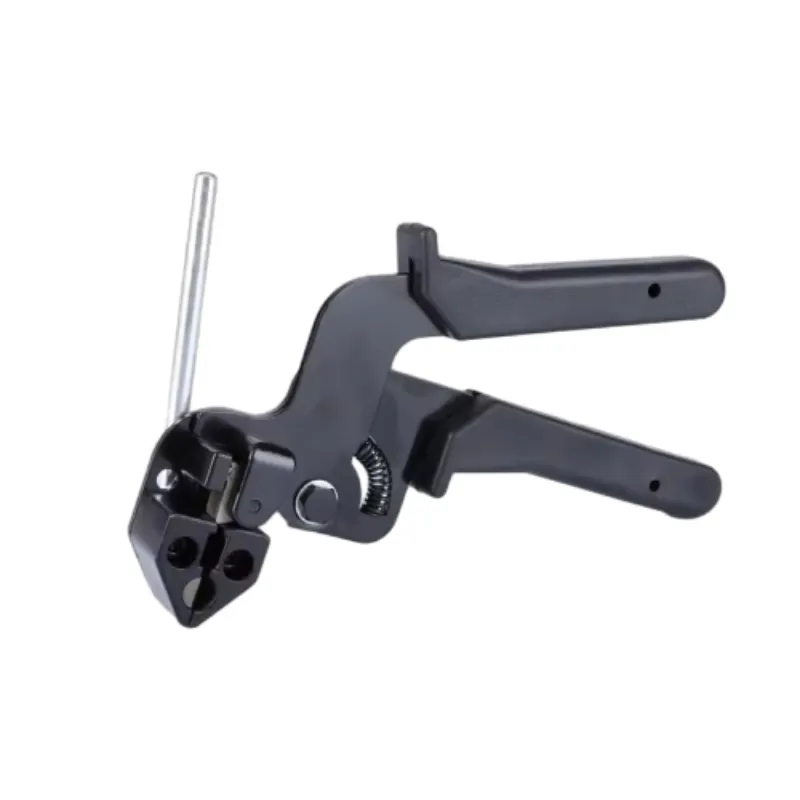
-
 Afrikaans
Afrikaans -
 Albanian
Albanian -
 Amharic
Amharic -
 Arabic
Arabic -
 Armenian
Armenian -
 Azerbaijani
Azerbaijani -
 Basque
Basque -
 Belarusian
Belarusian -
 Bengali
Bengali -
 Bosnian
Bosnian -
 Bulgarian
Bulgarian -
 Catalan
Catalan -
 Cebuano
Cebuano -
 Corsican
Corsican -
 Croatian
Croatian -
 Czech
Czech -
 Danish
Danish -
 Dutch
Dutch -
 English
English -
 Esperanto
Esperanto -
 Estonian
Estonian -
 Finnish
Finnish -
 French
French -
 Frisian
Frisian -
 Galician
Galician -
 Georgian
Georgian -
 German
German -
 Greek
Greek -
 Gujarati
Gujarati -
 Haitian Creole
Haitian Creole -
 hausa
hausa -
 hawaiian
hawaiian -
 Hebrew
Hebrew -
 Hindi
Hindi -
 Miao
Miao -
 Hungarian
Hungarian -
 Icelandic
Icelandic -
 igbo
igbo -
 Indonesian
Indonesian -
 irish
irish -
 Italian
Italian -
 Japanese
Japanese -
 Javanese
Javanese -
 Kannada
Kannada -
 kazakh
kazakh -
 Khmer
Khmer -
 Rwandese
Rwandese -
 Korean
Korean -
 Kurdish
Kurdish -
 Kyrgyz
Kyrgyz -
 Lao
Lao -
 Latin
Latin -
 Latvian
Latvian -
 Lithuanian
Lithuanian -
 Luxembourgish
Luxembourgish -
 Macedonian
Macedonian -
 Malgashi
Malgashi -
 Malay
Malay -
 Malayalam
Malayalam -
 Maltese
Maltese -
 Maori
Maori -
 Marathi
Marathi -
 Mongolian
Mongolian -
 Myanmar
Myanmar -
 Nepali
Nepali -
 Norwegian
Norwegian -
 Norwegian
Norwegian -
 Occitan
Occitan -
 Pashto
Pashto -
 Persian
Persian -
 Polish
Polish -
 Portuguese
Portuguese -
 Punjabi
Punjabi -
 Romanian
Romanian -
 Russian
Russian -
 Samoan
Samoan -
 Scottish Gaelic
Scottish Gaelic -
 Serbian
Serbian -
 Sesotho
Sesotho -
 Shona
Shona -
 Sindhi
Sindhi -
 Sinhala
Sinhala -
 Slovak
Slovak -
 Slovenian
Slovenian -
 Somali
Somali -
 Spanish
Spanish -
 Sundanese
Sundanese -
 Swahili
Swahili -
 Swedish
Swedish -
 Tagalog
Tagalog -
 Tajik
Tajik -
 Tamil
Tamil -
 Tatar
Tatar -
 Telugu
Telugu -
 Thai
Thai -
 Turkish
Turkish -
 Turkmen
Turkmen -
 Ukrainian
Ukrainian -
 Urdu
Urdu -
 Uighur
Uighur -
 Uzbek
Uzbek -
 Vietnamese
Vietnamese -
 Welsh
Welsh -
 Bantu
Bantu -
 Yiddish
Yiddish -
 Yoruba
Yoruba -
 Zulu
Zulu


Aug . 20, 2024 15:58 Back to list
Aerial Drop Wire Clamps for Secure and Efficient Cable Management Solutions
Understanding Aerial Drop Wire Clamps Importance and Applications
Aerial drop wire clamps are essential components in telecommunications and electrical applications, playing a crucial role in the installation and maintenance of overhead communication lines. These clamps are designed to hold and secure drop wires, which are typically used for providing services such as telephone, internet, and television to residential and commercial buildings. Understanding their construction, types, and applications helps us appreciate their significance in ensuring reliable service delivery.
Construction and Features
Aerial drop wire clamps are typically made from durable materials such as aluminum, stainless steel, or thermoplastic polymers to withstand various environmental conditions. They are engineered to grip the drop wires firmly, preventing them from swaying or being damaged by external forces like wind, rain, or snow. The clamps often feature a unique design that includes a saddle-like shape, allowing them to distribute pressure evenly across the wire. This ensures that the wire remains secure without being crushed or deformed.
Most clamps are equipped with a tensioning mechanism that allows for easy adjustment. This feature is vital during installation since it enables technicians to achieve the appropriate amount of tension, which is crucial for the longevity of the wire and the overall performance of the installation. Additionally, many models include insulation to prevent electrical interference, ensuring signal quality for telecommunications services.
Types of Aerial Drop Wire Clamps
There are several types of aerial drop wire clamps, each designed to meet specific requirements
1. Standard Clamps These are the most common type used for general applications where standard wire sizes are involved.
aerial drop wire clamps

3. Adjustable Clamps These clamps can accommodate a range of wire sizes, making them versatile for different projects.
4. Insulated Clamps These are specifically designed for electrical applications requiring additional safety features to prevent short circuits or electrical shocks.
5. Drop Wire Hangers While not clamps in the traditional sense, hangers provide support for drop wires, ensuring they remain taut and secure along the installation route.
Applications
The primary application of aerial drop wire clamps is in telecommunications. They are used to secure drop wires that connect the main distribution network to end-users. These connections are crucial for maintaining seamless internet connectivity, telephone services, and cable television.
In addition to telecommunications, these clamps can also be found in other industries, such as power distribution, where they help secure overhead power lines. In both cases, the integrity of the connection is paramount as disruptions can lead to service interruptions, safety hazards, and financial loss.
Furthermore, aerial drop wire clamps are used in urban planning and infrastructure projects. As cities expand, the demand for reliable utility services increases, necessitating the efficient deployment of overhead networks. Aerial clamps ensure that these networks remain stable and operational, even in changing environmental conditions.
Conclusion
Aerial drop wire clamps play a vital role in the reliability and functionality of overhead communication and power lines. Through their robust construction and variety of designs, they ensure that drop wires remain secure and operational, enabling vital communication and power services. As technology continues to evolve, these components will remain central to the infrastructure that supports modern connectivity, highlighting their importance in industrial and residential applications alike. Understanding their features and applications is essential for anyone involved in the installation and maintenance of aerial utility networks.
Latest news
What Are Construction Tools and How Are They Used?
NewsJul.11,2025
Professional-Grade Duct Rodding Tools for Superior Cable Installation
NewsJul.11,2025
Enhancing Safety and Efficiency with Modern Hot Stick Solutions
NewsJul.11,2025
Empowering Cable Installation with Advanced Rodder Solutions
NewsJul.11,2025
Elevate Your Cable Installation Projects with Cable Pulling Tools
NewsJul.11,2025
Efficient Cable Handling Solutions: Cable Rollers for Sale
NewsJul.11,2025











